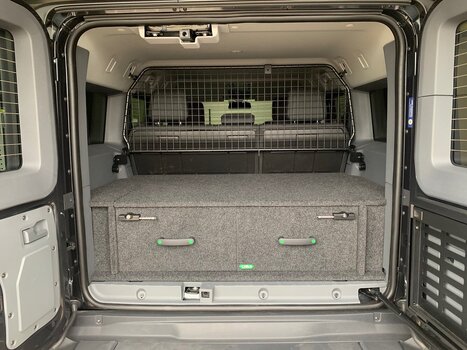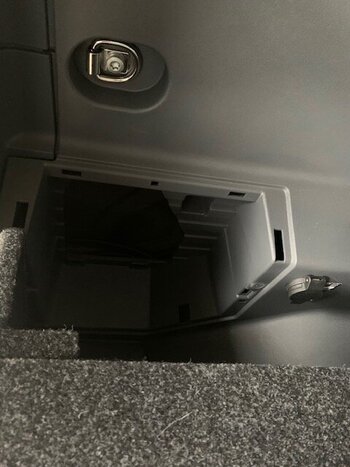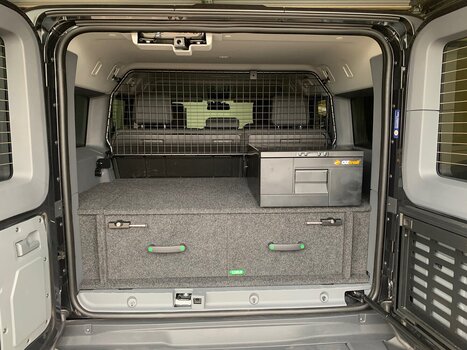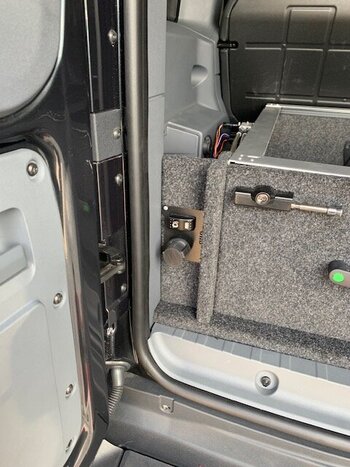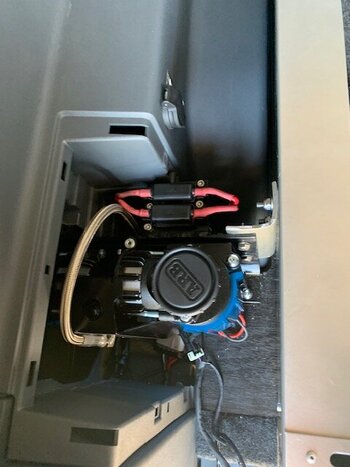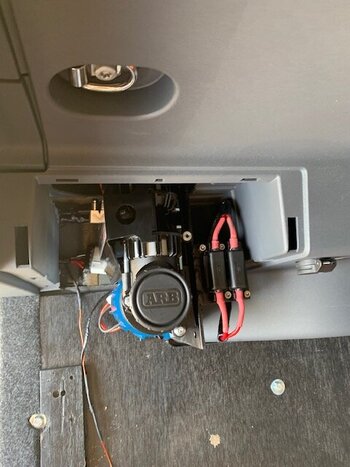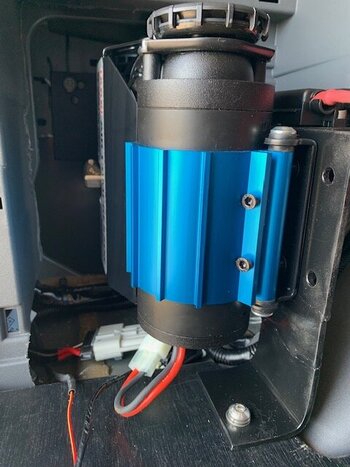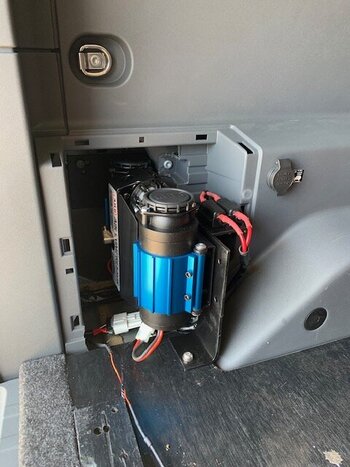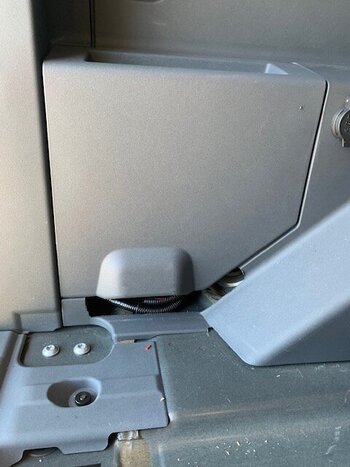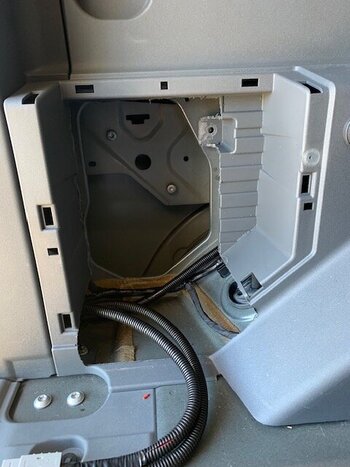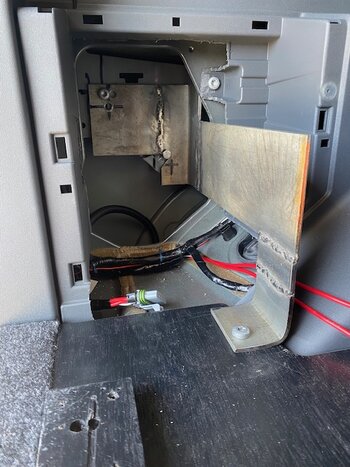The single is excellent, and if you're just pumping 1-4 tyres of 33" diameter or less is an appropriate choice. It is rated at a 50% duty cycle, which in practical terms means in takes longer to air multiple tyres, particularly in high ambient temperatures.I saw also the ARB "single" (my definition), wondering what are the main disadvantages of this one compared to the "twin".
I have no compressor experience. But I bought recently a cheap Chinese compressor of 24 €. I tested it, it works, but is indeed very slow!
ARB high output on-board compressor 12V - Trail Nomad
The ARB On-Board High Performance 12 Volt Air Compressor is permanently mounted to your vehicle, including a full wiring loom with air locker solenoid plug in contacts, mounting hardware with reinforcing bracket and a quality compressor isolating switch.www.trailnomad.be
The twin is a better choice if you are planning to also fit the pressure tank, as between it's higher flow rate, 100% duty cycle and the contribution of the tank it allows you to run air tools, which would most often include an impact wrench (wheel nuts) and blow gun (housekeeping).
If you are travelling in convoy (eg likely airing up multiple vehicles) OR operating a vehicle with >33" diameter tyres the twin plus tank is probably the best option.
The twin 100% duty cycle is achieved by including a cooling fan and its 2x50% architecture. Again, in practical terms, it will produce more flow for longer at a given temperature. The installation pictured gives a sense of how much space it needs, noting that in that case it will be covered by interior trim, and no doubt drawers/whatever else is getting installed in the load space.
The twin has sufficient pressure to run the above air tools without the tank, but in this setup is unlikely to produce sufficient torque to remove/tighten wheel nuts.
Forums claim the dual is less reliable than the single, but one notes it is typically being run much harder than the single.
Related to this, final argument in favour of the twin is redundancy: if one cylinder fails, the compressor will continue to operate (albeit at a reduced duty cycle/flow rate) on the remaining cylinder.
For my use case: <=33" tyres, no pneumatic wrench, high ambient temperature, remote location, occasional convoy, using an Indeflate (eg pumping two tyres at once)... the twin trumps the single, but really not by much.
Last edited:

